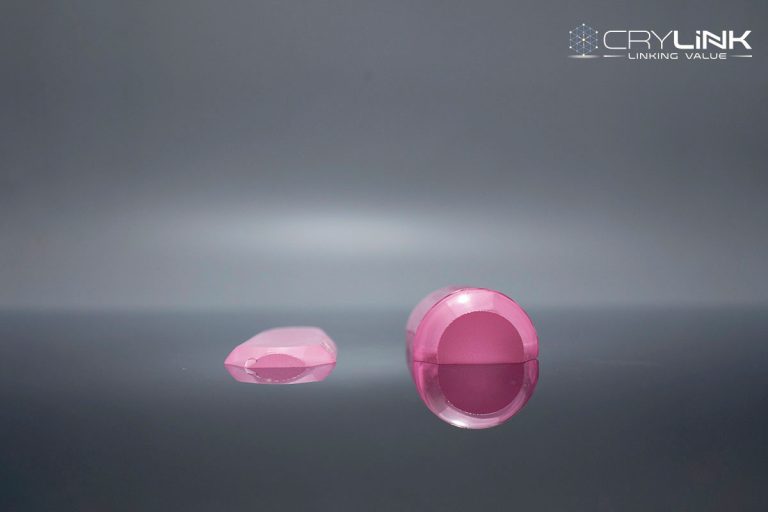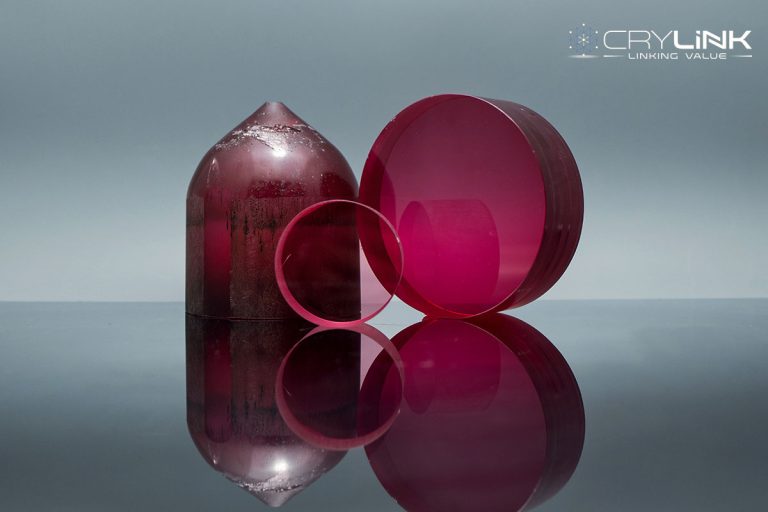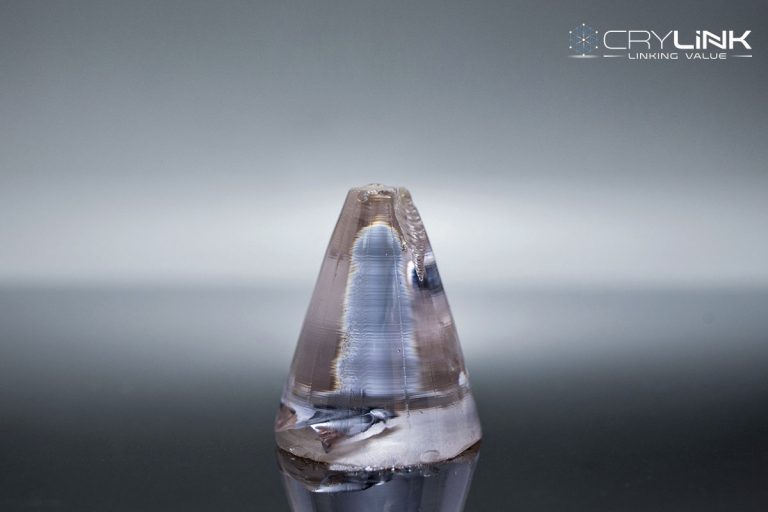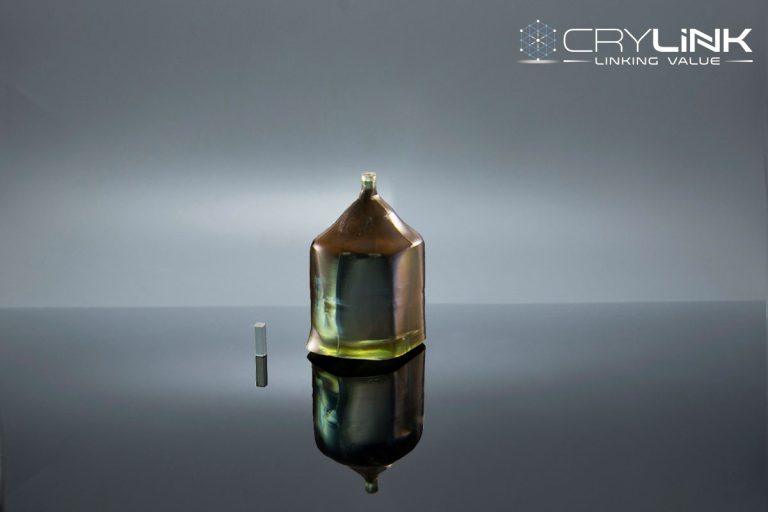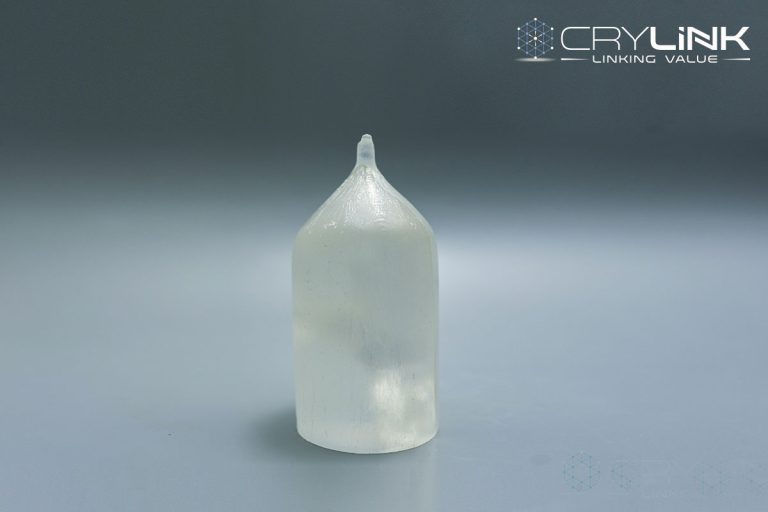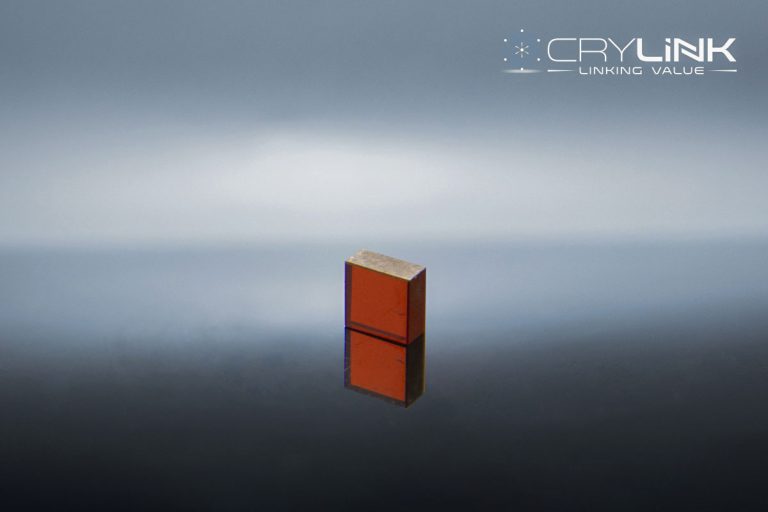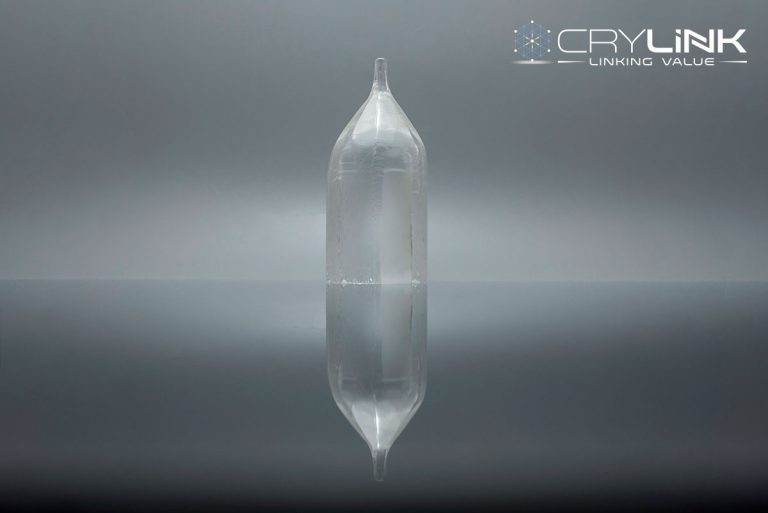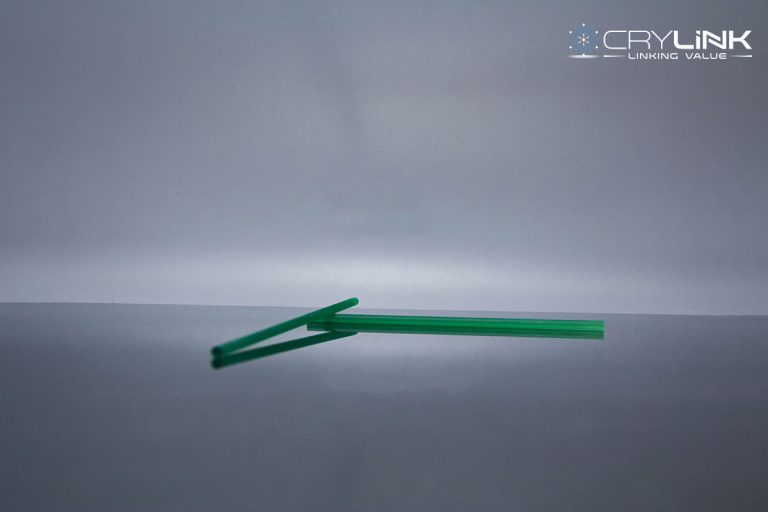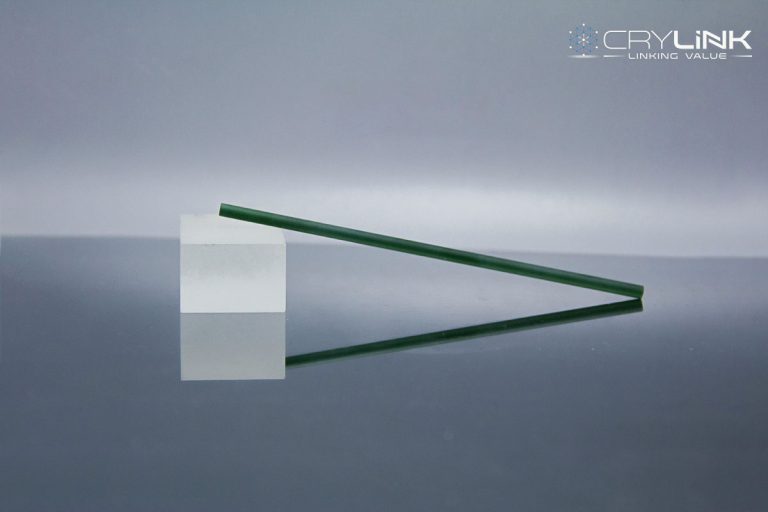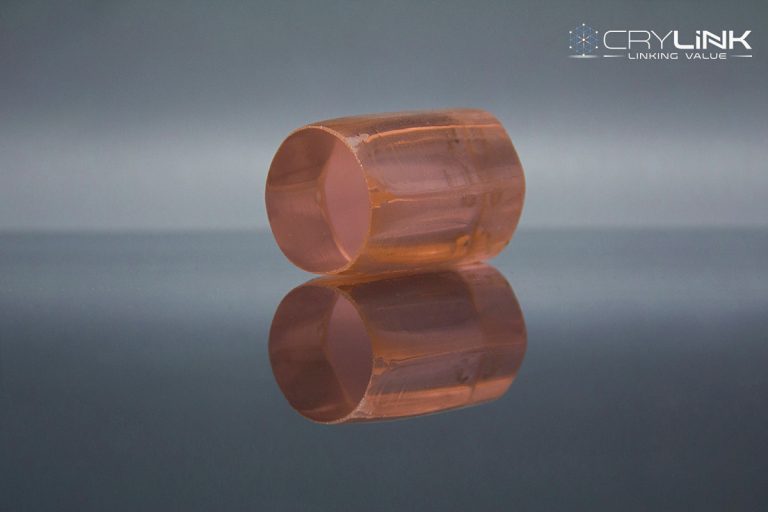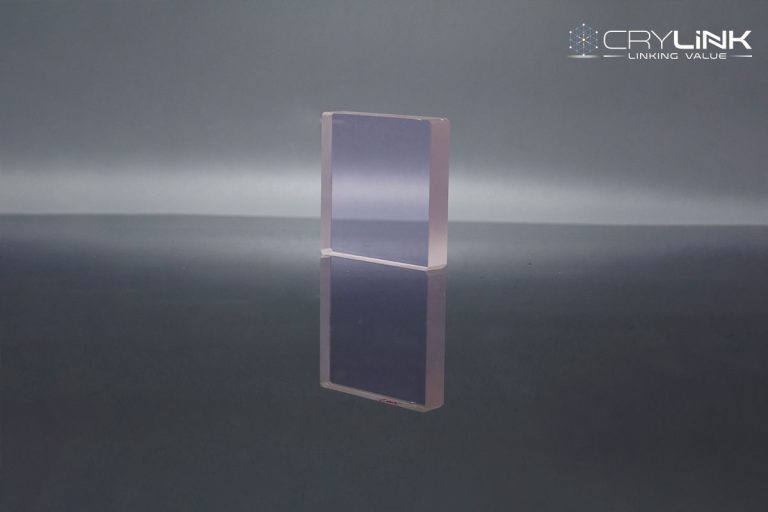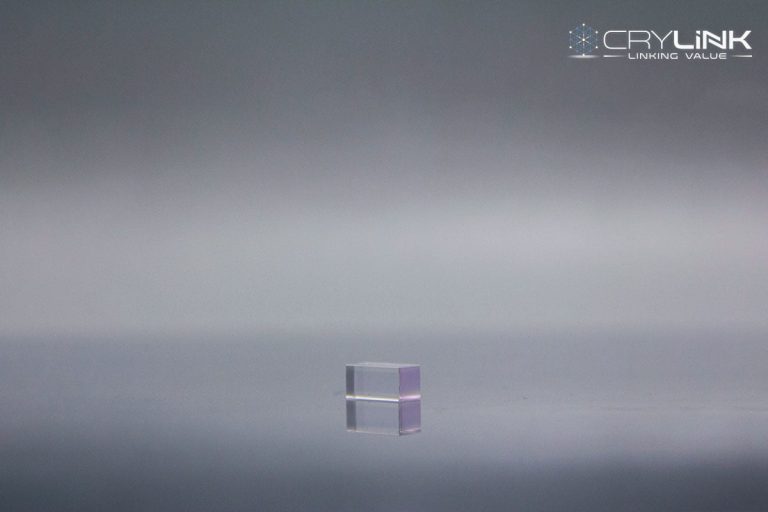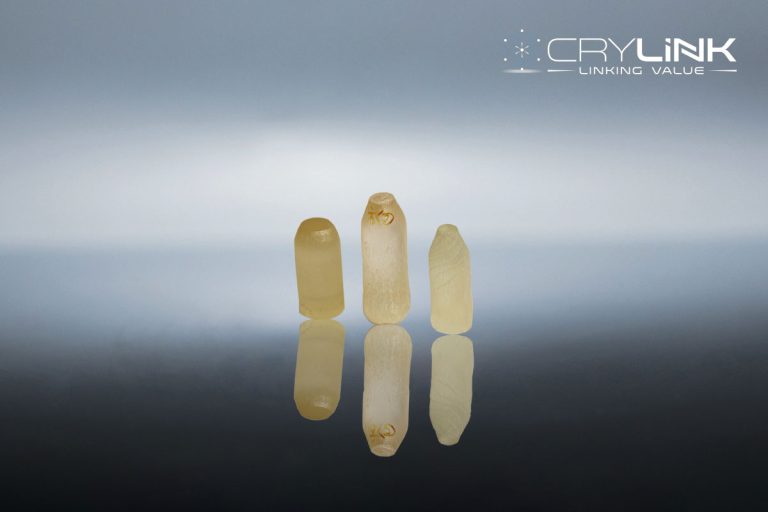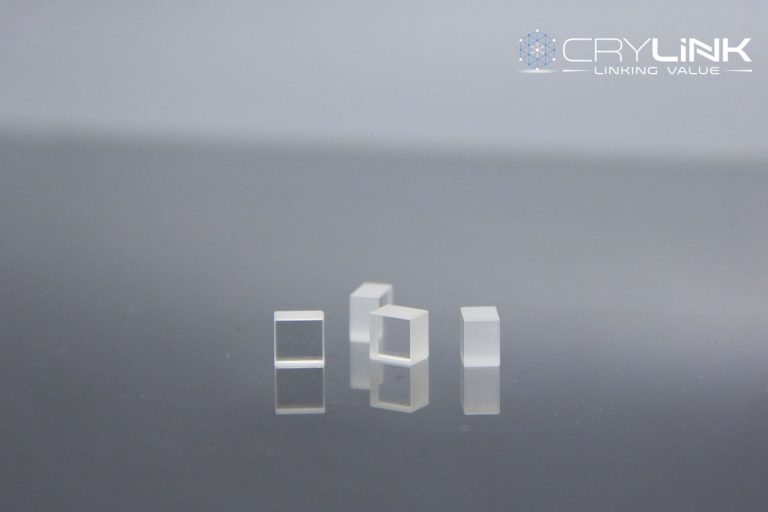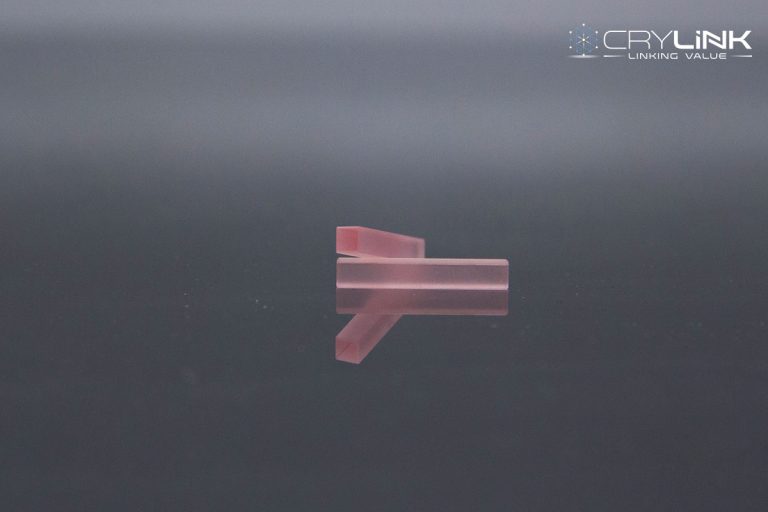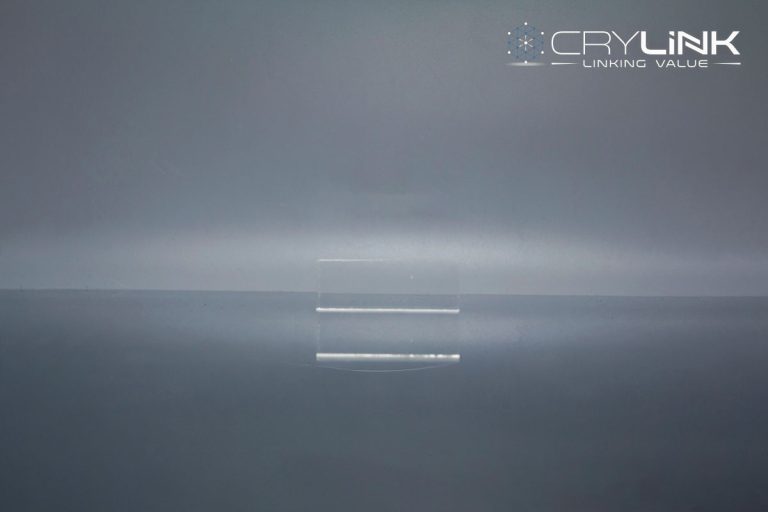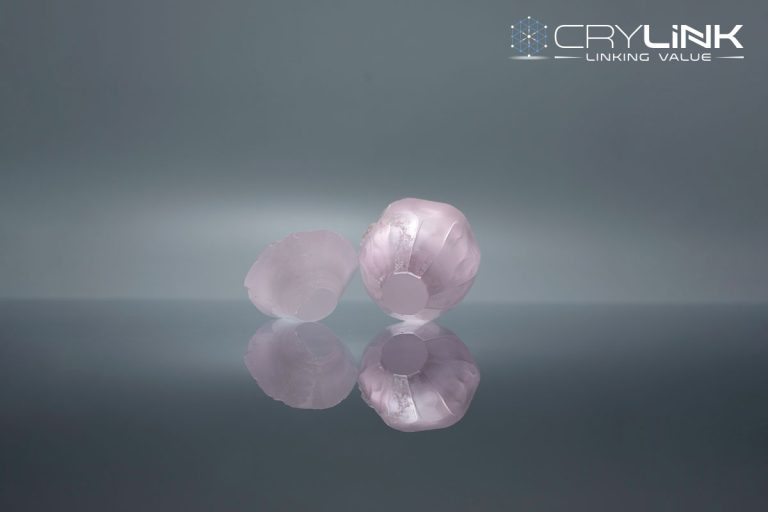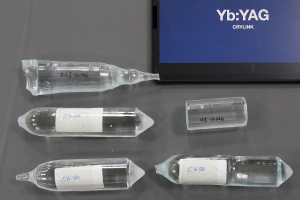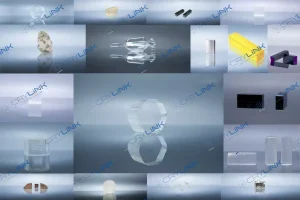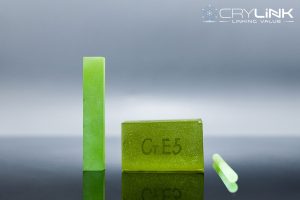Laser Crystal - Gain Medium For Solid State Laser
Laser crystals can convert the energy supplied from the outside into highly parallel and monochromic laser crystals with spatial and temporal coherence through optical resonators. It is the working substance of a crystal laser. The laser crystal consists of two parts: the luminescence center and the matrix crystal. The luminescence center of most laser crystals is composed of activated ions which replace the cations in matrix crystals to form doped laser crystals. When activated ions become part of the matrix crystal components, they form a self-activated laser crystal.
Following are laser crystals owned by Laser-crylink
If there is no laser crystal you need in the website list, please contact us for customization.
The active ions used in laser crystals are mainly transition metal ions and trivalent rare earth ions. The optical electrons of transition metal ions are 3d electrons located in the outer layer. In crystals, these optical electrons are susceptible to the direct effect of the surrounding crystal field. Therefore, their spectral characteristics vary greatly among crystals with different structure types. The 4f electron of trivalent rare earth ions is shielded by 5S and 5p outer electrons, which weakens the effect of crystal field. However, the perturbation of crystal field makes it possible for the forbidden 4f electron transition to produce narrow band absorption and fluorescence lines. So the spectra of trivalent rare earth ions in different crystals do not change as much as those of transition metal ions.
The matrix crystals used in laser crystals are mainly oxides and fluorides. As a matrix crystal, besides its stable physical and chemical properties, it is easy to grow large-sized crystals with good optical uniformity and low cost. However, the adaptability between matrix cations and active ions, such as radius, electronegativity and valence state of matrix cations and active ions, should be considered as close as possible. In addition, the effect of matrix crystal field on the spectra of activated ions should also be considered. For some matrix crystals with special functions, laser with certain characteristics can be produced directly by doping activated ions. For example, in some non-linear crystals, laser generated by activated ions can be directly converted into harmonic output through matrix crystals.
| Laser Wavelength | 660-1200 nm |
| Central emission | 800 nm |
| Turnable Absorption Band | 400-600 nm |
| Absorption peak | 488 nm |
| Emission Cross Section @ 790 nm | 41 × 10-20 cm2 |
| Fluorescence Lifetime | 3.2 ms |
| Emission Linewidth | 650-1100 nm |
| Refractive Index @633 nm | 1.77@ 532 nm; 1.76@800 nm; 1.75@1100 nm |
| Absorption Coefficient | 0.5~6.0 cm-1 |
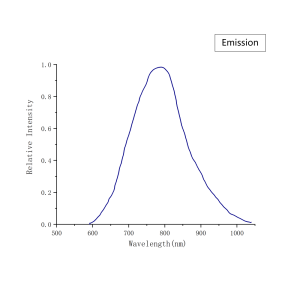
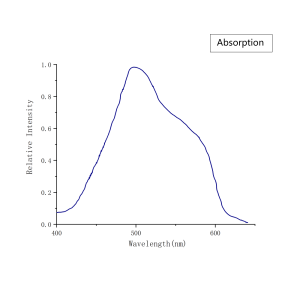
| Laser Transition | 4I11/2 → 4I13/2 (highly doped); 4I13/2 → 4I15/2 (low doped) |
| Laser Wavelength | 2940 nm (highly doped); 1645 nm (low doped) |
| Photon Energy | 6.75×10-20J@2940nm |
| Pump Absorption Band Width | 600~800 nm (highly doped); 1530 nm (low doped) |
| Damage Threshold | >500MW/cm2 |
| Emission Cross Section | 3×10-20 cm2 |
| Fluorescence Lifetime | 0.23 ms (highly doped); 2~5 ms (low doped) |
| Refractive Index | 1.7838@2940 nm |
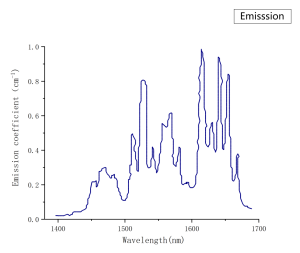
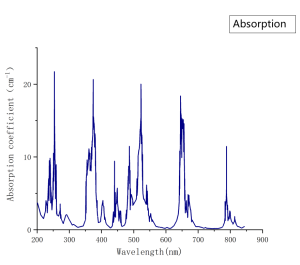
Cr Tm Ho YAG
Cr, Tm, Ho: YAG is high efficient laser crystal pumped by Xenon lamp or diode with wavelength of 2.1μm.2.1 μm laser wave can be absorbed by water very well, transmits atmosphere easily and is safe to eye. Therefore, it is widely used in medical treatment, laser radar, military and so on.
| Laser Transition | 5I7 → 5I8 |
| Laser Wavelength | 2.094 µm |
| Photon Energy | 9.55 x 10-20 J |
| Emission Cross Section | 7 x 10-21 cm2 |
| Fluorescence Lifetime | 8.5 ms |
| Index of Refraction | 1.80 @2.08 µm |
| Absorption Linewidth | 4 nm |
| Diode Pump Band | 781 nm |
| Major Pump Band | 400~800 nm |
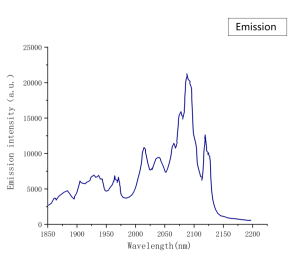
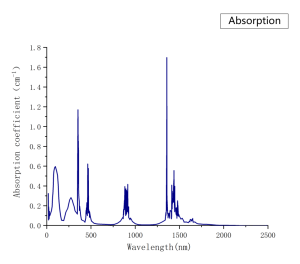
| Emission band width* (FWHM) (nm) | 80 |
| Emission Wavelength(nm) | 1018-1052 |
| Minimum theoretical duration (fs) | 14 |
| Central emi ssion peak (nm) | 1050 |
| Absorption (usual pumping) (nm) | 980 |
| Emission cross section(10-20 cm2) | 0.8 |
| Fluorescence lifetime (μs) | 420 |
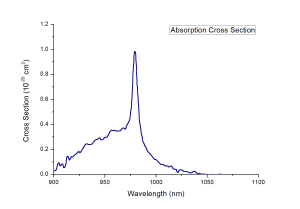
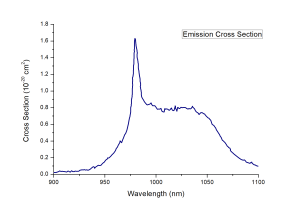
Yb CaF2
Because of the absence of undesired loss transitions such as up-conversion, excited state-absorption and concentration quenching, their low quantum defect, a comparably long fluorescence lifetime, high thermal conductivity and wide emission linewidth, ytterbium-doped CaF2 is preferably utilized for high-power diode-pumped systems and laser amplifiers with high optical-to-optical conversion efficiencies, diode-pumped femtosecond (fs) lasers and amplifiers are one of the important potential application.
| Laser Transition | 2F5/2→2F7/2 |
| Laser Wavelength | 1033/1050 |
| Optical Density | 0.1-0.8 |
| Absorption Coefficient | 1.0 cm-1 ~ 7 cm-1 |
| Pump Wavelength | 980 nm |
| Emission State Absorption Cross Section | 2.2×10-20 cm2 |
| Ground State Absorption Cross Section | 0.8×10-20 cm2 |
| Fluorescence Lifetime | 2.4 ms |
| Emission Band Width | 70 nm |
| Transmission | 10% to 90% |
| Damage Threshold | > 500 MW/cm2 |
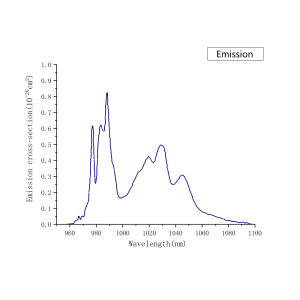
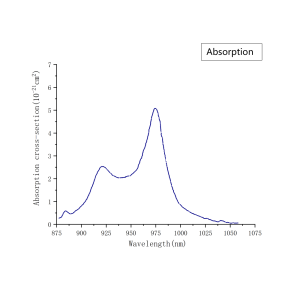
Yb YAG
Yb: YAG is a laser crystal which is doped with trivalent ytterbium ions in yttrium aluminum garnet crystal and can emits 1030 nm near-infrared laser. Yb: YAG crystal has characters of high quantum efficiency, no excited state absorption and up-conversion, high concentration tolerance, long fluorescence lifetime, wide absorption band and broad emission range and robust optical, mechanical and thermal properties etc., which makes it have great potential application in high efficiency, high power diode-pumped solid-state lasers.
| Laser Transition | 2F5/2→2F7/2 |
| Laser Wavelength | 1030 nm |
| Photon Energy | 1.93×10-19J(@1030 nm) |
| Pump Absorption Band Width | 8 nm |
| Loss Coefficient | 0.003 cm-1 |
| Diode Pump Band | 940 nm or 970 nm |
| Emission Cross Section | 2.0×10-20 cm2 |
| Fluorescence Lifetime | 1.2 ms |
| Emission Linewidth | 9 nm |
| Refractive Index @1.030 μm | 1.82 |
| Thermal Optical Coefficient | 9× 10-6/℃ |
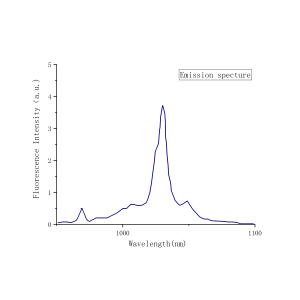
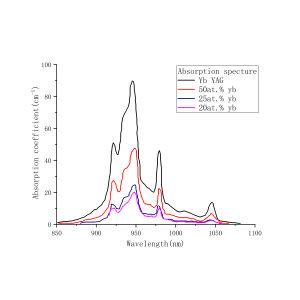
Nd YVO4
Yb: YAG is a laser crystal which is doped with trivalent ytterbium ions in yttrium aluminum garnet crystal and can emits 1030 nm near-infrared laser. Yb: YAG crystal has characters of high quantum efficiency, no excited state absorption and up-conversion, high concentration tolerance, long fluorescence lifetime, wide absorption band and broad emission range and robust optical, mechanical and thermal properties etc., which makes it have great potential application in high efficiency, high power diode-pumped solid-state lasers.
| Laser Wavelength | 1064nm, 1342nm |
| Polarized Laser Emission | πpolarization; parallel to optic axis (c-axis) |
| Pump Wavelength | 808nm |
| Intrinsic Loss | 0.02cm-1 @1064nm |
| Emission Cross Section | 25×10-19cm2@1064nm |
| Fluorescence Lifetime | 90 μs (about 50 μs for 2 atm% Nd doped) @ 808 nm |
| Gain Bandwidth | 0.96nm @1064nm |
| Absorption Coefficient | 31.4 cm-1 @ 808 nm |
| Absorption Length | 0.32 mm @ 808 nm |
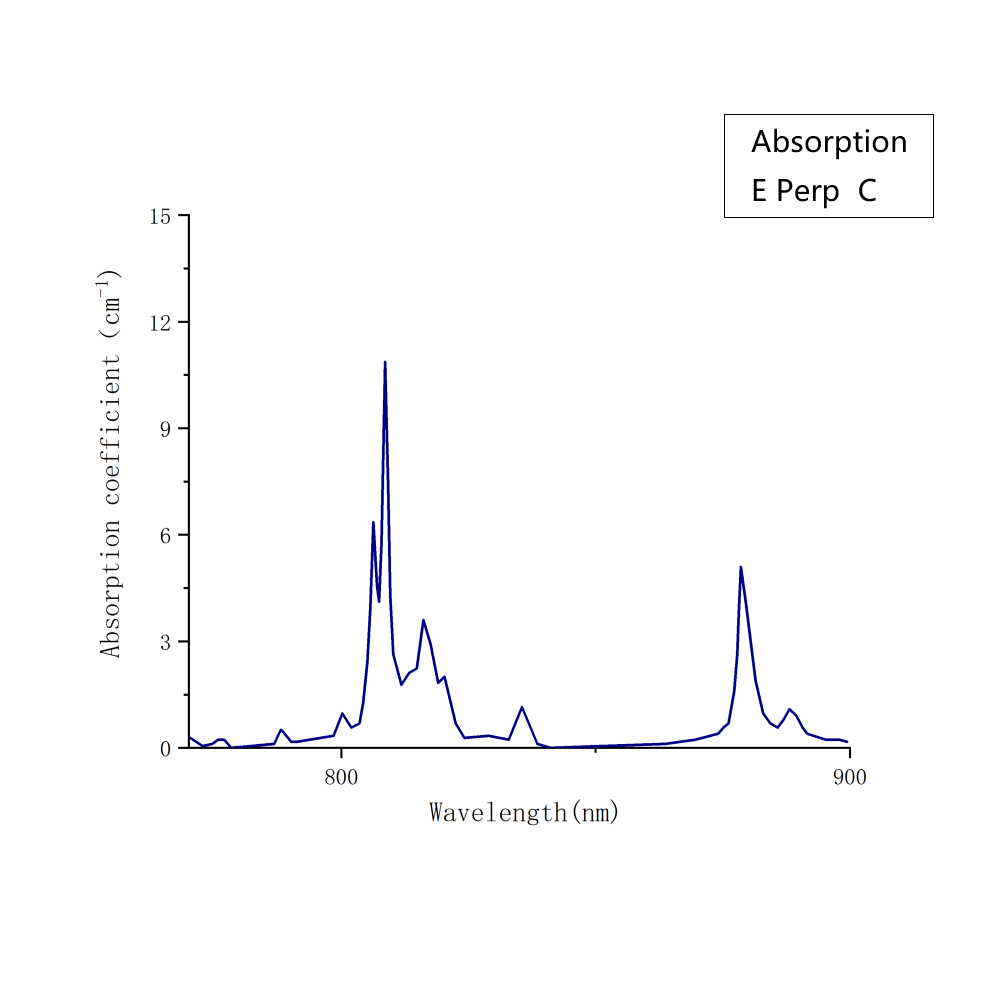
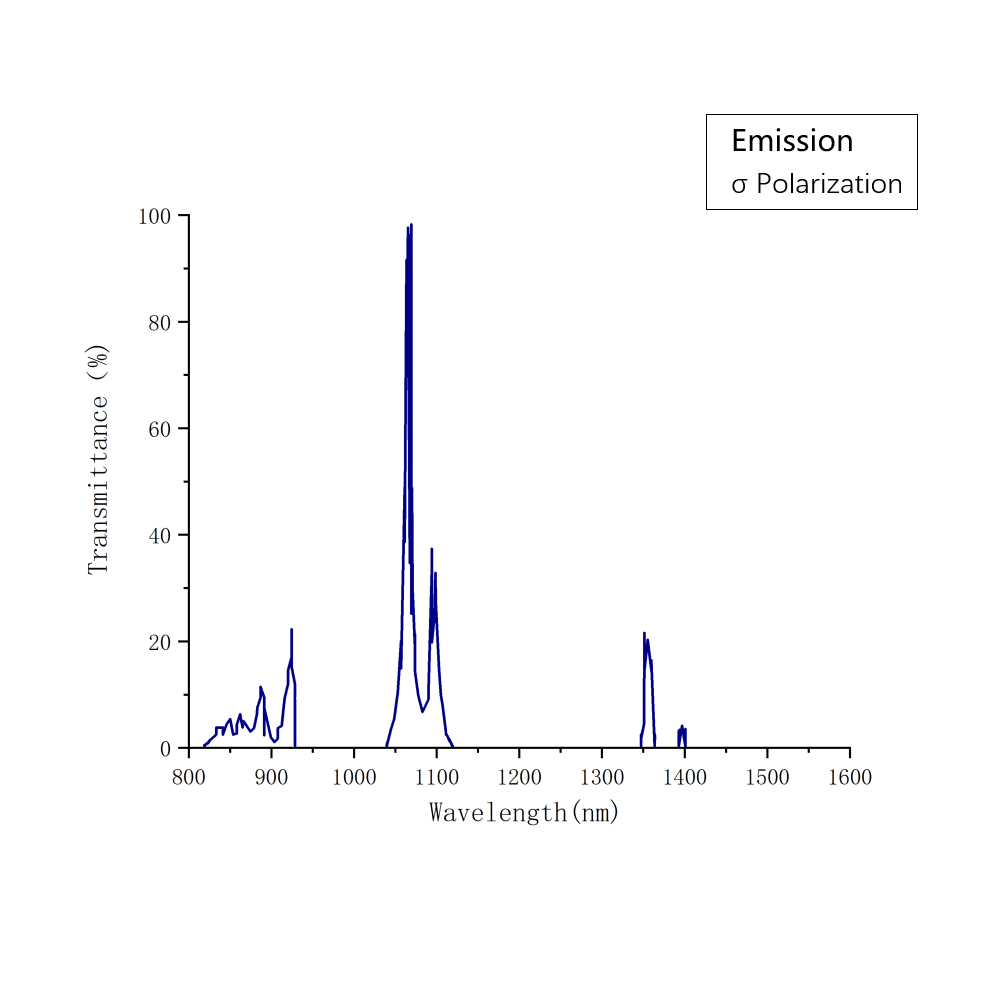
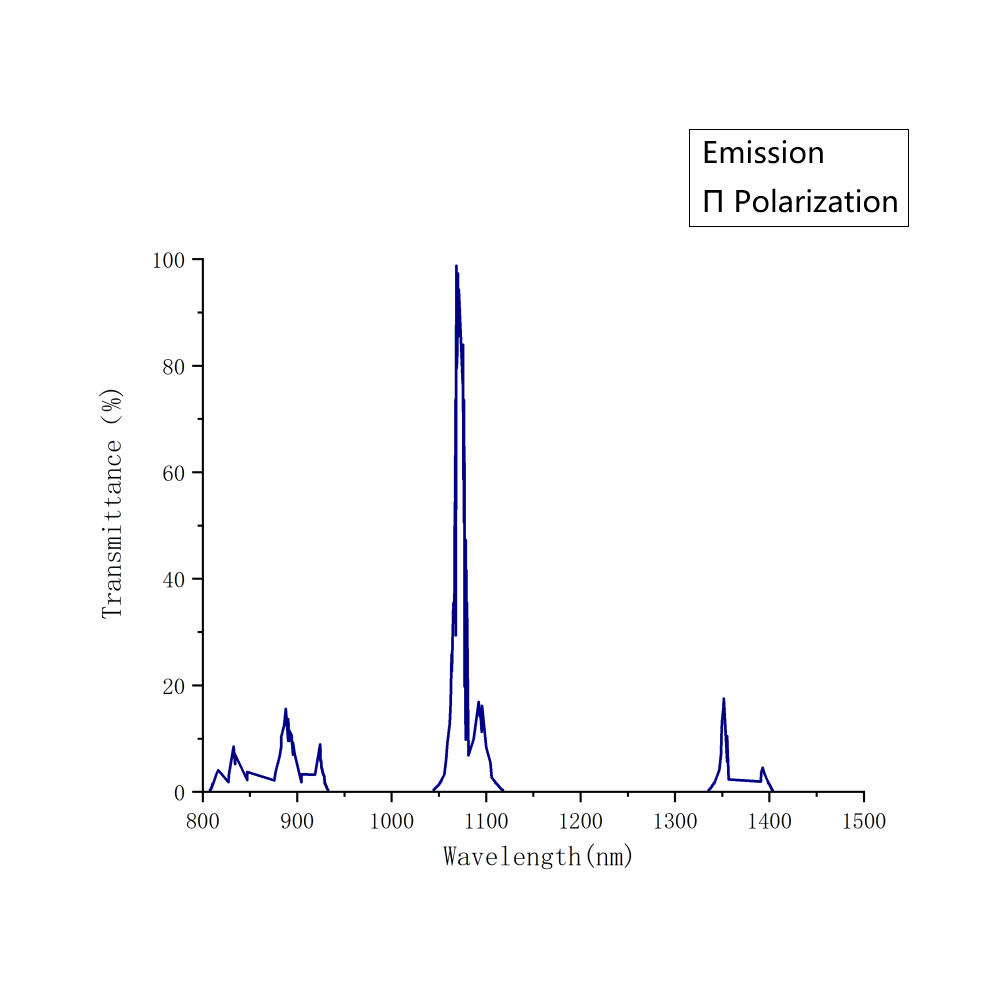
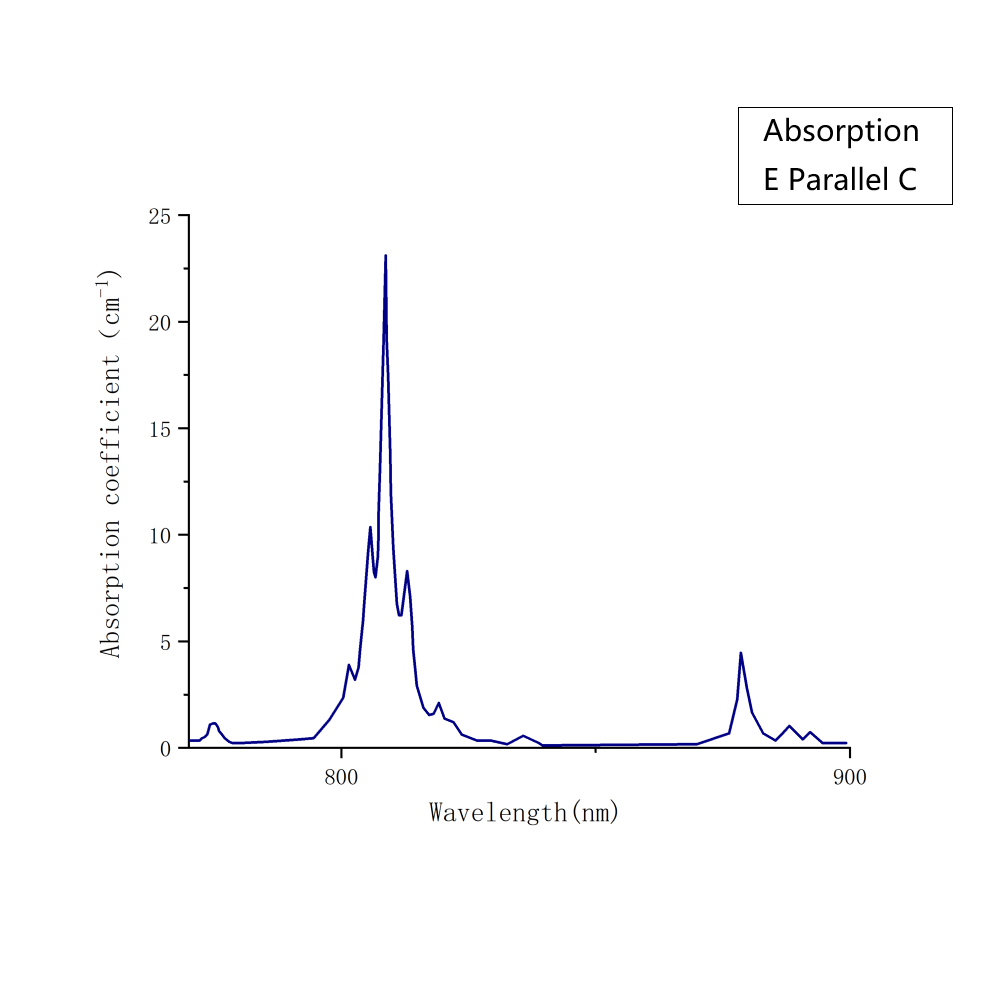
| Laser Transition | 4F3/2 →> 4I11/2 |
| Photon Energy | 1.86×10-19 J |
| Laser Transition Wavelength, λl (nm) | 1064 |
| Pump Transition Wavelength, λp (nm) | 808 |
| Pump Transition Bandwidth, Δλp (nm) | <4 |
| Laser Transition Bandwidth, Δλl (nm) | ~0.6 |
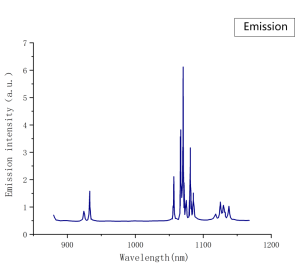
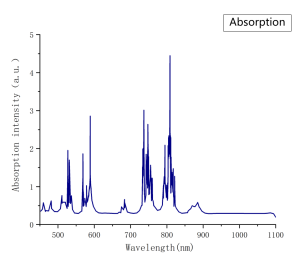
Cr: ZnSe laser crystal has the advantages of normally no excited state absorption and upper level conversion, an extremely broad absorption band and large emission cross-section, superb fluorescence quantum efficiency at room temperature and extra broad emission width as well as good chemical and mechanical properties, which make it become an excellent source of efficient and powerful tunable mid infrared laser. Because of mid infrared wavelength band is the window of atmosphere, the Cr: ZnSe laser crystal has important application prospect in the field of photo-communication, pollution gas detection, industrial combustion product test and so on.
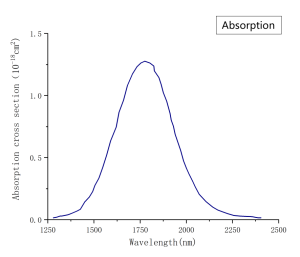
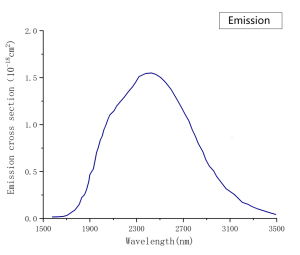
Flashlamp or laser diode is often used to pump the laser crystal, 970 nm laser diode is regarded as the first choice to realize 2790 nm laser pumping of Er, Cr: YSGG, which can excite the Er3+ to his lasing upper level directly with high efficiency and low energy cost. Nowadays, various of method have been adopted to switch Q (such as acousto-optic, electro-optic, FTIR) to realize pulse laser output. Owing to the specificity of lasing wavelength, this kind of lasers are widely used in medical applications, scientific investigations, material processing, military and so on.
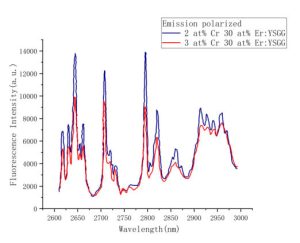
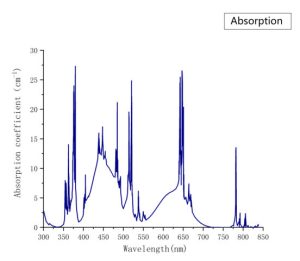
Ho YAG
The radiation wavelength of Ho3+ ions is near 2100nm, which is located in the human eye safe band and has a high transmittance in the atmosphere, and has important application prospect in the fields of remote sensing detection, laser ranging and laser radar, etc.. Meanwhile, 2100nm locates in the absorption peak of water molecule, which is highly absorbed by human tissues.
| Laser Transition | 5I7→5I8 |
| Laser Wavelength | 2.05μm |
| Effective Stimulated Absorption Cross Section | 1.09×10-20cm2 |
| Effectively Stimulated Emission Cross Section | 1.14×10-20cm2 |
| Pump Wavelength | 1908 nm |
| Laser Wavelength | 2090 nm |
| Fluorescence Lifetime | 7 ms |
| quantum Efficiency | 1 |
| Refractive Index @1.030 μm | 1.82 |
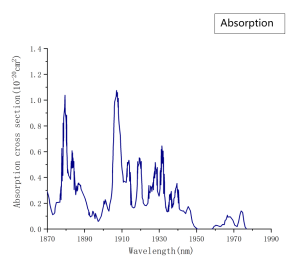
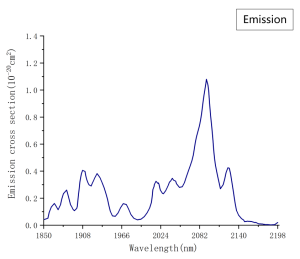
Nd: YAP crystal not only has high thermal conductivity, but also has a larger excited emission cross section at 4F3/2–4 I13/2 transition. They are one of the most effective laser crystals known at present for the high-power operation at the 1300nm, the crystal is mainly pumped by LD. 1300nm lasers are widely used in the field of medicine, optical fiber communication and military.
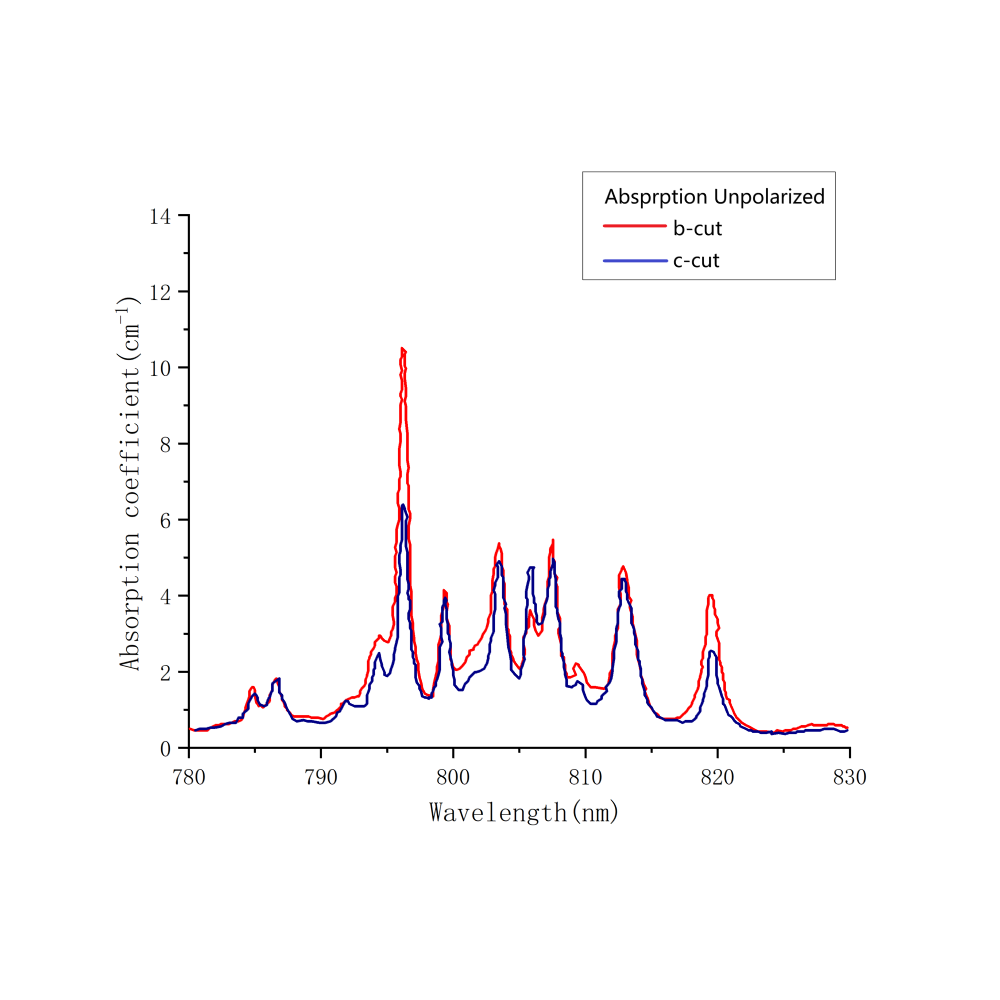
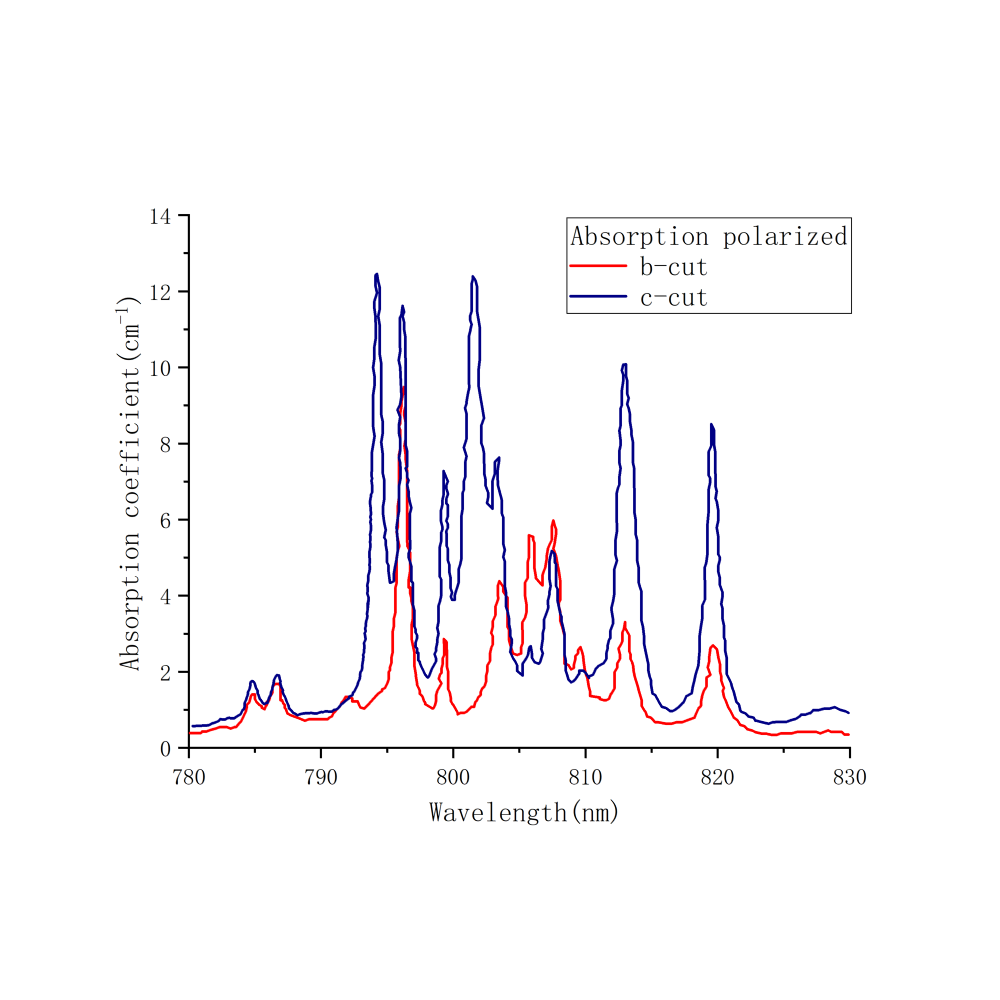
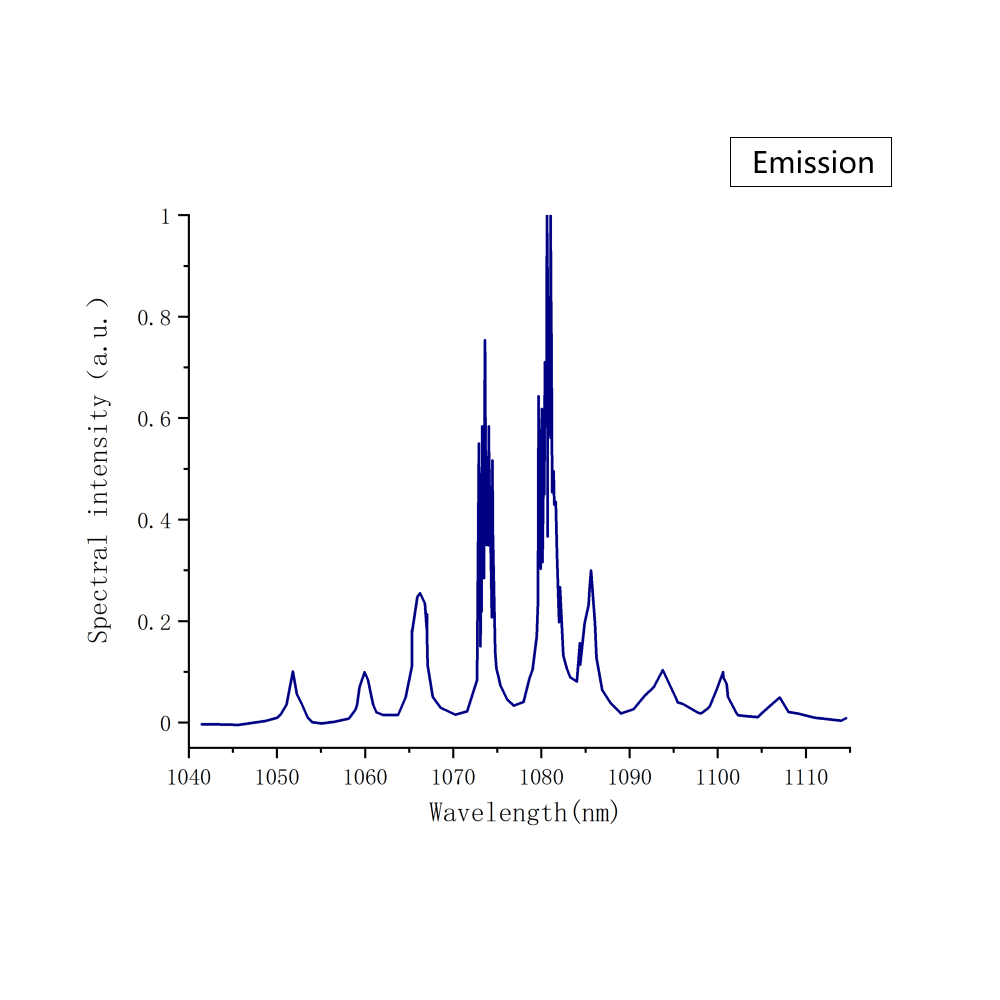
Tm YLF
Thulium doped yttrium fluoride lithium crystals have low nonlinear refractive index and thermo optic constant , which are very suitable for the application in the fields of scientific research, production, education and other optoelectronic fields. The crystal is a negative uniaxial crystal with a negative refractive index temperature coefficient, which can offset some thermal distortion and thus has high beam quality output. The pump wavelength is 792 nm, and the linear polarized laser with wavelength of 1900nm outputs at in the direction of a axis.
| Laser Transition | 3F4→3H6 |
| Laser Wavelength | π:1880 nm; σ:1908 nm |
| Absorption Cross-section at Peak | 0.55×10-20 cm2 |
| Absorption Bandwidth at Peak Wavelength | 16 nm |
| Absorption Peak Wavelength | 792 nm |
| Lifetime of 3F4 Thulium Energy Level | 16 ms |
| Quantum Efficiency | 2 |
| Non-linear Index n2 | 0.6 x 10-13 |
| Optical Quality | < 0.3 x 10-5 |
| Refractive Index @1064 nm | no=1.448, ne=1.470 |
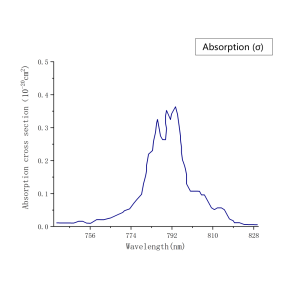
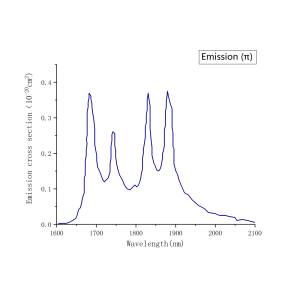
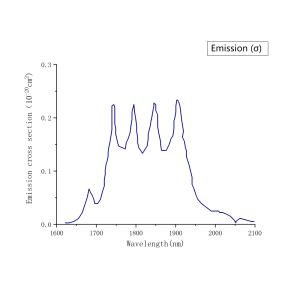
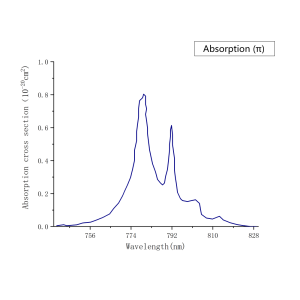
Tm: YAG operating on the 3H4 –3H6 transition in the 0.82 μm wavelength range. It can be pumped with efficient diode lasers in the 0.78 – 0.8 μm wavelength range. The transition has a small quantum defect for low thermal dissipation. The upper state lifetimes can be long, on the order of a millisecond for good energy storage. It also has sufficient gain bandwidth to support sub-ps-long pulses depending on the host material and temperature of operation.
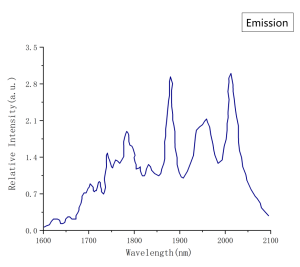
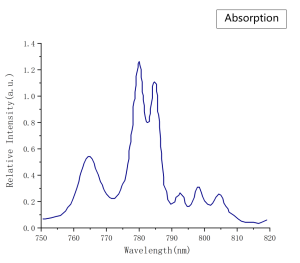
Nd:KGW crystal—A crystal can be generated from excited Raman scattering and become a multi-wavelength light source in visible band after frequency doubling.
The Raman characteristics of Nd:KGW crystal depend on its high excited beam cross section, low pumping threshold, high output energy, high conversion efficiency, and two high Raman gain coefficients (768 and 901 cm-1).Since the fundamental frequency light of Raman crystal is 911 nm, 1067 nm and 1351 nm, the red, yellow and blue light of 0.455 um, 0.533 um and 65 um can be produced after frequency multiplication, which can be used in material processing, optical communication, tele-sensing, medicine, environmental monitoring, precision measurement and other fields.
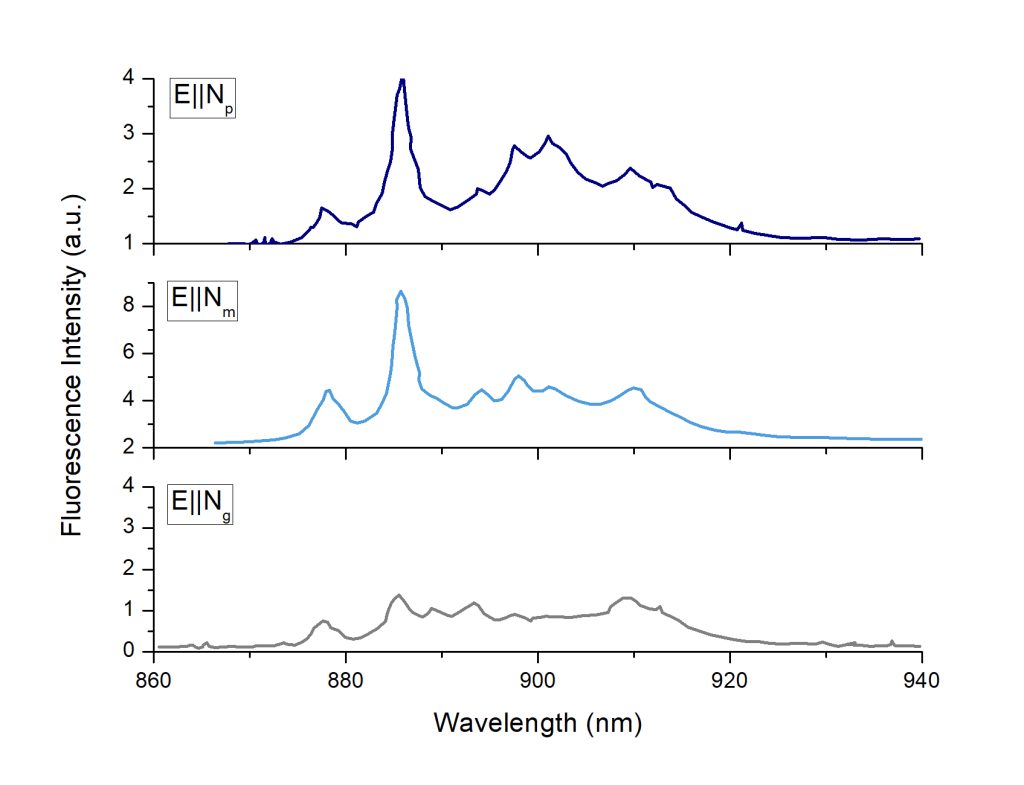
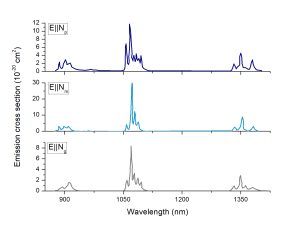
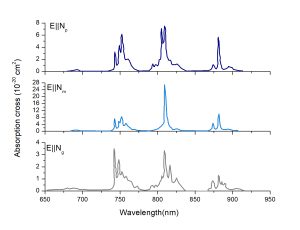
Yb KGW
With the emergence of laser diode as the preferred pump source for inertial confinement fusion and the application and development of Yb3+ laser materials in communication and military, the research on Yb3+ laser materials will reach a climax. Yb3+: KGd(WO4)2 (Yb:KGW) is one of the most promising laser active materials. Yb:KGW crystal is expected to replace Nd:YAG crystal and Yb:YAG crystal in high power diode pumped laser system. Yb:KGW also has great potential for high power, short pulse time femtosecond lasers and their wide application.
| Absorption peak wavelength, lpump, [nm] | 981.2 |
| Absorption linewidth, Dlpump, [nm] | 3.7 |
| Peak absorption cross-section, spump, [cm2] | 1.2×10-19 |
| Peak absorption coefficient, [cm-1] | 26 |
| Emission wavelength, lse, [nm] | 1023 |
| Emission linewidth, Dlse, [nm] | 20 |
| Peak emission cross-section, sse, [cm2] | 2.8×10-20 |
| Quantum effect, lpump/lse, [nm] | 0.959 |
| Fluorescence lifetime, tem, [ms] | 0.6 |

